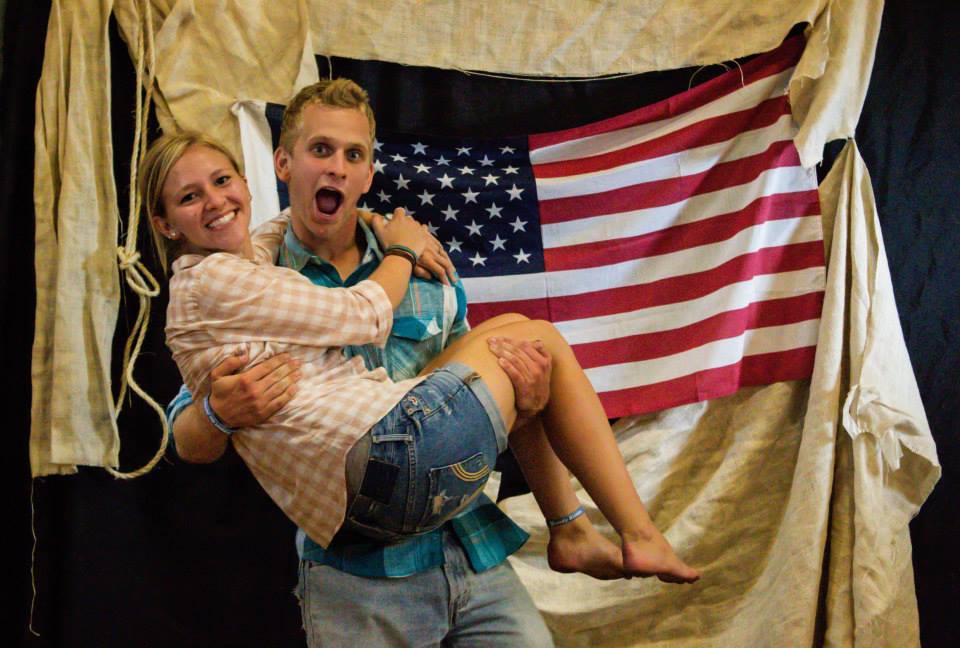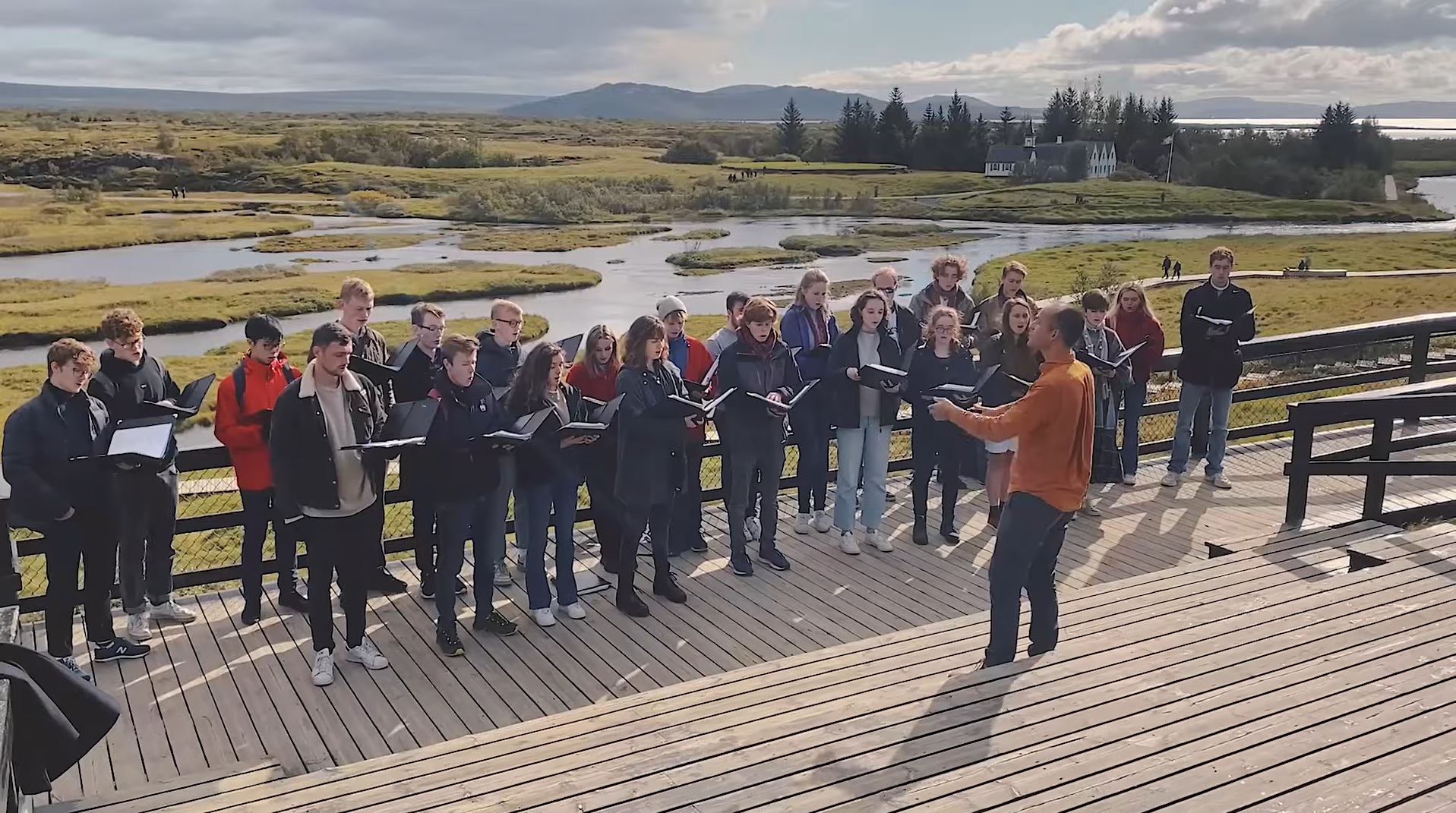Tag Archives: D7
- Home
- Posts tagged "D7" (Page 4)

The “Sugaring” Season
Vermont is the largest producer of maple syrup in the United States, and the maple syrup industry is an important part of the state’s economy and culture. Vermont maple syrup is renowned for its high quality and distinctive flavor, and many people around the world seek out Vermont maple syrup specifically.
The maple syrup industry in Vermont is primarily made up of small-scale family farms, where maple sap is collected from sugar maple trees in early spring using a process called “sugaring.” The sap is then boiled down to produce pure maple syrup, which is graded according to its color and flavor. Vermont maple syrup is graded on a scale from Grade A (lighter in color and milder in flavor) to Grade B (darker in color and more robust in flavor).
The Vermont maple syrup industry is heavily regulated to ensure quality and safety, and the state has strict standards for labeling and grading maple syrup. In addition to pure maple syrup, many Vermont maple producers also make maple candy, maple cream, and other maple products.
University of Vermont Facilities Management
Unified English Braille
A big misconception about blindness is that a blind person only sees pitch black.
In reality, blindness is a spectrum. This is a series of examples of how differently visually impaired people see.
[📹 Blind on the Move]pic.twitter.com/EcljDkNDfN
— Massimo (@Rainmaker1973) June 30, 2024
Gulliver visits the Great Academy of Lagado
In Irish author Jonathan Swift’s 1726 satire — “Gulliver’s Travels” — Lagado is the capital of Balnibarbi whose king had invested a great fortune on building an “Academy of Projectors” so that it shall contribute to the nation’s development through research.
Gulliver describes pointless experiments conducted there — trying to change human excretion back into food, trying to extract sunbeams out of cucumbers, teaching mathematics to pupils by writing propositions on wafers and consuming them.
“None are so blind as those who refuse to see” is a proverbial expression that has been used by many authors and public figures throughout history. The exact origin of the phrase is unknown, but it has been attributed to various sources, including the Bible, where Jesus says, “For judgment I am come into this world, that they which see not might see; and that they which see might be made blind” (John 9:39, King James Version).
The phrase has also been attributed to Jonathan Swift, an Irish author and satirist, who wrote in his 1738 work,
“Polite Conversation”: “Blind, sir? I see every day where Lord M– goes upon the bench without his bag, and you tell me he is not blind?”.
However, it is possible that the phrase existed prior to Swift and was simply popularized by him.
Internet Archive: Gulliver’s Travels
Universitätsbibliothek Heidelberg in 5 Minuten
Universität als weltoffenen Kosmos und Diskursraum schützen: Jahresfeier der Ruperto Carola mit Ansprache der Rektorin – Universitätsangehörige sowie Freunde, Förderer und Alumni begingen 638. Jahrestag des Bestehens der Universität Heidelberghttps://t.co/dpeDfShfdO pic.twitter.com/UHA9lwfEBe
— Uni Heidelberg (@UniHeidelberg) October 21, 2024
Fireplace Safety
Many accommodations such as dormitories, fraternities and sororities have working fireplaces — wood burning and natural gas. Community spaces such as student unions, libraries and recreation spaces also have fireplaces as a central feature.
The purpose of NFPA 211 is to reduce fire hazards by discovering and promulgating best practice for the safe removal of flue gases, the proper installation of solid fuel-burning appliances, and the correct construction and installation of chimneys, fireplaces, and venting systems. The current 2019 Edition is linked below:
Free Access: NFPA 221 Standard for Chimneys, Fireplaces, Vents, and Solid Fuel-Burning Appliances
The 2024 has been released. To guide our inquiry into safety and sustainability concepts for the 2027 Edition we like review the developmental transcripts of previous edition:
Public comment on the First Draft of the 2027 Edition will be received until June 3, 2025. We encourage facility managers to recommend improvements to this standard by setting up a (Free) NFPA account the link below:
Online submission of public input and public comments
We maintain this standard on our periodic Prometheus and Housing colloquia. Consult our CALENDAR for the next online meeting, open to everyone
Link to parent standard:
University of Rochester Fireplace Safety
American Gas Association: How Natural Gas Fuels Your Holiday Traditions
Alexis de Tocqueville on the Foundations of American Democracy
Alexis de Tocqueville was born in Paris and came from a prominent lineage, with his father serving as a royalist prefect under the Bourbon restoration.
In 1831, at the age of twenty-five, Alexis de Tocqueville made his fateful journey to America, where he observed the thrilling reality of a functioning democracy. From that moment onward, the French aristocrat would dedicate his life as a writer and politician to ending despotism in his country and bringing it into a new age.
Quotes from Alexis de Tocqueville’s “Democracy in America”:
- “The greatness of America lies not in being more enlightened than any other nation, but rather in her ability to repair her faults.”
- “Americans are so enamored of equality that they would rather be equal in slavery than unequal in freedom.”
- “In democratic ages, human beings rarely sacrifice themselves for one another voluntarily; they almost always do so because they are impelled to by some power outside themselves.”
- “Despotism often presents itself as the repairer of all ills suffered, the support of just rights, defender of the oppressed and founder of order.”
- “The best laws cannot make a constitution work in spite of morals; morals can turn the worst laws to advantage.”
- “I do not know if the people of the United States would vote for superior men if they ran for office, but there can be no doubt that such men do not run.”
- “The most dangerous moment for a bad government is when it begins to reform.”
- “The Americans combine the notions of Christianity and of liberty so intimately in their minds that it is impossible to make them conceive the one without the other.”
- “The will of man is not shattered, but softened, bent, and guided; men are seldom forced by it to act, but they are constantly restrained from acting. Such power does not destroy, but it prevents existence; it does not tyrannize, but it compresses, extinguishes, and stupefies a people, till each nation is reduced to nothing better than a flock of timid and industrious animals, of which the government is the shepherd.”
- “Americans combine the notions of Christian morality and of liberty so intimately in their minds that it is impossible to make them conceive the one without the other.”
- “In the United States, the most enlightened are the most religious; and the most religious are the most enlightened.”
- Americans of all ages, all conditions, and all dispositions constantly form associations… Wherever at the head of some new undertaking you see the government in France, or a man of rank in England, in the United States you will be sure to find an association.”
The Eternal Music
“Heard melodies are sweet,
but those unheard are sweeter…”
John Keates (Ode on a Grecian Urn)
History of Western Civilization Told Through the Acoustics of its Worship Spaces
New update alert! The 2022 update to the Trademark Assignment Dataset is now available online. Find 1.29 million trademark assignments, involving 2.28 million unique trademark properties issued by the USPTO between March 1952 and January 2023: https://t.co/njrDAbSpwB pic.twitter.com/GkAXrHoQ9T
— USPTO (@uspto) July 13, 2023
Standards Michigan Group, LLC
2723 South State Street | Suite 150
Ann Arbor, MI 48104 USA
888-746-3670
































